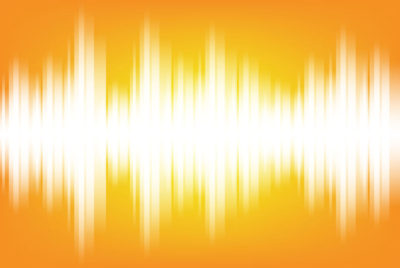Infrared Sauna vs. Dry Sauna

Saunas, heated enclosures have been used for thousands of years by individuals for the purpose of producing sweat. Early uses of the sauna included religious ceremonies, relaxation, healing, and cleansing. The very first saunas were considered wet as they involved the use of steam. Today, it is possible to enjoy what is known as a dry sauna. There is some confusion however with the idea of an infrared sauna vs. dry sauna. In fact, the two terms are rather synonymous and are quite different than the traditional wet sauna. Traditional saunas that include steam are still very popular and effective, however, the interest in infrared saunas is blossoming.
Infrared Sauna vs. Dry Sauna
Whether traditional or infrared sauna vs. dry sauna, the heated enclosures work to produce the same result, which is increased sweating. Research indicates that sweating can help to remove toxins from the body. Saunas are also responsible for relieving tension, soothing stress and invigorating the cells. Further studies suggest that there are some cardiovascular benefits to spending time in a sauna. Moreover, some people have found success in lowering their blood pressure with regular sessions in a sauna.
As more people discover the healing benefits of heat therapy, the curiosity surrounding infrared sauna vs. dry sauna treatments only continues to grow. There are thousands of saunas available on the market including both traditional steam saunas and infrared or dry saunas. Selecting the most ideal system is mainly a matter of preference, however, the two types of enclosures are quite different. One of the key differences between a traditional sauna and an infrared sauna is how the system produces and maintains heat. Additionally, the method in which heat is applied to the body is vastly different.
The earliest saunas consisted of sturdy walls made from wood. The structures were large enough to fit one or more people comfortably. Saunas were initially built using either stove and later heated rocks. Undoubtedly saunas quickly evolved over time to include the most advanced technology at the moment. Sauna designs grew more complex and more efficient than ever. The infrared sauna vs. dry sauna systems were eventually born out of decades of research.
Infrared Sauna Basics
An infrared sauna is a heated enclosure, building or structure that is used to raise the body temperature in an efficient manner. The signature feature of infrared saunas none other than infrared wavelengths. Wavelengths emitted as infrared from a heating device are non-visible. Spectrum rays penetrate the skin while heating it to a specified temperature directly. When considering an infrared sauna vs. dry sauna, it should be noted that an infrared sauna is in essence, a dry sauna. The systems do not create steam while heating the body.
Traditional Sauna Basics
Traditional saunas or steam rooms are known for being wet because they generate steam using the materials inside. Wet saunas or steam rooms increase the ambient temperature which is the temperature that you can feel but not necessarily see. For many sauna users, the temperature inside of a steam room is quite intense. Saunas that are designed with traditional characteristics are capable of reaching temperatures as high as 190 degrees Fahrenheit.
Non-IR Dry Saunas
There are dry saunas that exclude the use of infrared spectrum waves. The sauna systems of the dry variety heat much like traditional steam saunas as they warm the air but not the body directly. Inside of an infrared sauna, heat is applied to the body directly. Moreover, the temperatures between an infrared vs. dry sauna and a traditional sauna will vary greatly.
The heating point for infrared sauna vs. dry sauna systems and traditional steam rooms is different. Infrared saunas do not need to reach extreme heat levels of traditional saunas or dry saunas. The heated structures function at lower temperatures which are most comfortable. As a result, infrared saunas offer the opportunity to experience longer sessions. Efficient sauna sessions, users find, deliver optimal results.
Sauna systems may be applied differently depending on what areas of the body and what specific health concerns are being targeted. For example, infrared saunas have been used to improve sleep, detox the body, relieve sore muscles, improve circulation, and encourage weight loss. Additionally, dry saunas have been used to treat cardiovascular health issues, pain, and allergies.
Infrared saunas and dry saunas are similar in many ways. Although the terms are used interchangeably, they are still quite different. The object of all saunas is deeply-rooted in their original premise which was to draw sweat from the body through the application of heat. Where each type of sauna differs is in how they generate heat and subsequently apply it to the body. Dry saunas may be used to target certain heart-related health concerns vs. wet saunas, which may be used for the purpose of healing sore muscles or relaxation. Infrared saunas can do all of this and more as the technology allows non-visible rays of energy to penetrate the skin’s layers efficiently.



